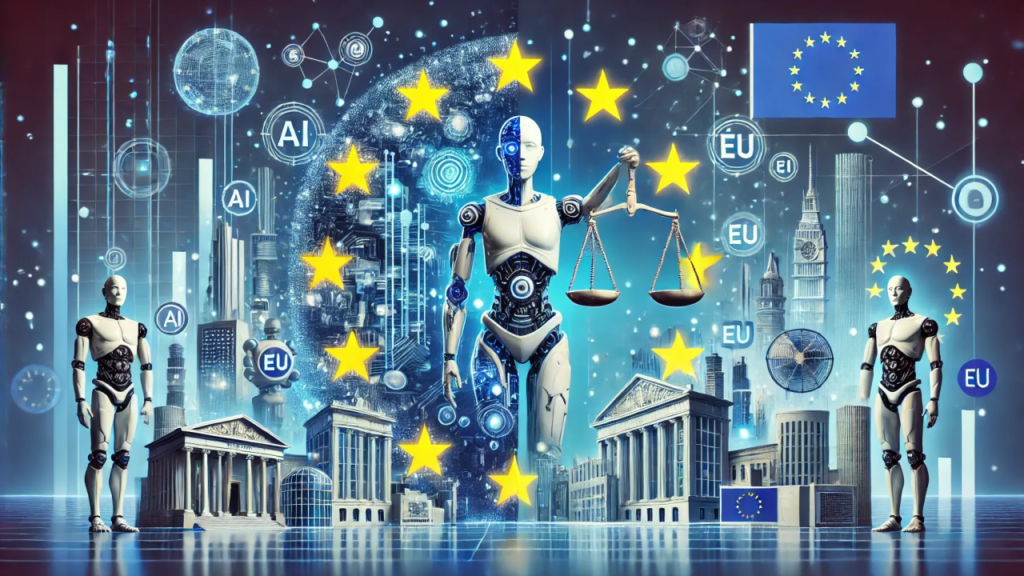Hello, tech enthusiasts! I have been deeply engaged with the EU AI Act, and here’s a simplified yet comprehensive blog post, summarizing what you need to know about this landmark regulation. For those of you who followed my newsletter series, this post will serve as a recap.

1. Understanding the EU AI Act
The EU AI Act represents a pioneering effort in global AI governance, aiming to balance innovation with ethical standards. It defines AI as systems that autonomously produce outputs affecting both digital and physical worlds. Key to the Act is the classification of AI into risk categories: unacceptable, high-risk, limited risk, and minimal risk, with explicit bans on practices that could lead to harmful manipulation or unjust discrimination.
2. Focus on High-Risk AI Systems
AI applications in critical sectors like healthcare, law enforcement, and education fall under the high-risk category. The Act imposes rigorous requirements including risk management, data quality assurance, documentation, and human oversight to ensure these systems operate safely, transparently, and accountably. Continuous monitoring is mandatory to safeguard against potential risks.
3. Regulations for Other AI Systems
For AI not classified as high-risk, the focus shifts to transparency. So, this includes clear labelling of AI-generated content and ensuring safety in use. Furthermore, the Act encourages voluntary adoption of high-risk standards by developers to showcase ethical AI practices. Additionally, it outlines specific expectations for general-purpose AI models like ChatGPT concerning transparency and responsibility.
4. General-Purpose AI Models
These models, which can be adapted for numerous applications, are given special attention. For example, they must provide detailed technical documentation and adhere to high standards for training data quality. However, if these models pose systemic risks, they face additional regulatory scrutiny, including notifying the EU Commission and adhering to strict oversight for transparency and accountability.
5. Innovation, Governance, and Implementation Timeline
The Act supports innovation through AI sandboxes, allowing SMEs and startups to experiment under regulatory oversight. Indeed, here the timeline for implementation:
- February 2025: Introduction of bans on prohibited AI practices and literacy requirements for providers.
- August 2025: Notification and registration obligations for general-purpose AI models.
- August 2026: Full enforcement including conformity assessments and transparency obligations.
- August 2027: Complete implementation for high-risk AI systems.
This approach aims to ease the transition while ensuring compliance.
What the EU AI Act Means for You?
The EU AI Act is a significant move towards shaping an ethical AI landscape. It’s crucial for anyone involved in AI development, deployment, or simply interested in tech policy. Indded, the regulation might set a global standard, but there’s debate on whether it’s too early, potentially affecting Europe’s competitive edge in AI.
Your Thoughts? Does this regulation strike the right balance between safety and innovation? I’m eager to hear your perspectives! Moreover, if you’re concerned about assessing the risks of your AI products, I offer a free 30-minute consultation. Let’s discuss how to navigate this new regulatory environment effectively!
For more detailed insights, check out my series:
- EU AI Act deep dive #1: introduction to the text and the prohibited practices.
- EU AI Act deep dive #2: high-risk AI systems.
- EU AI Act deep dive #3: other requirements and general purpose AI models.
- EU AI Act deep dive #4: innovation, governance, penalties, and the timeline.
Feel free to engage with this topic, share your thoughts, or ask questions in the comments below!
